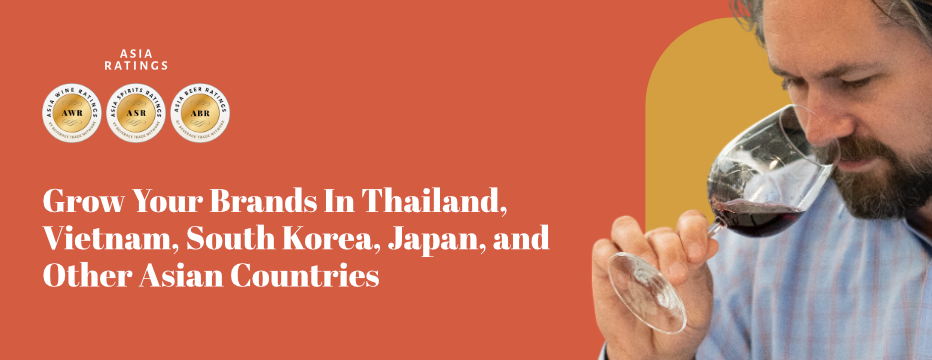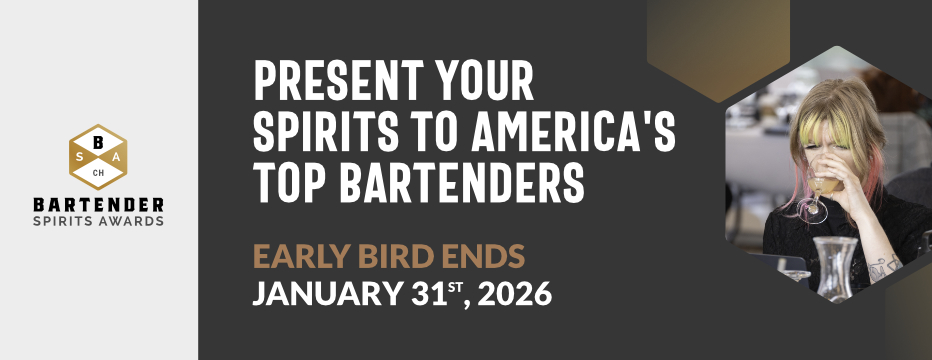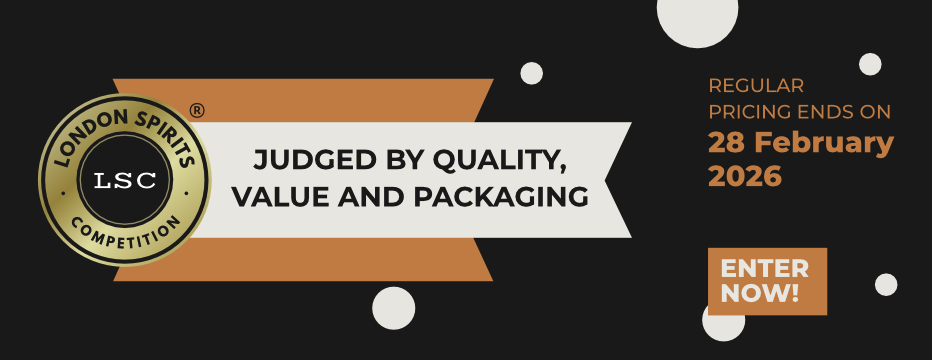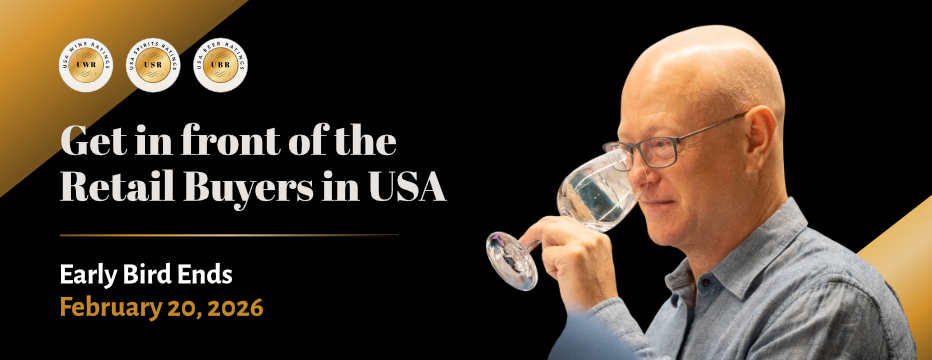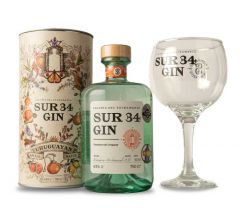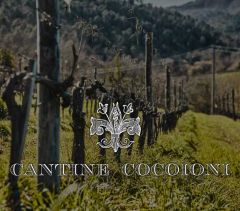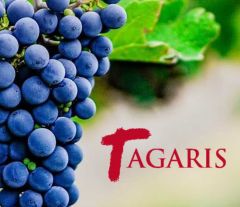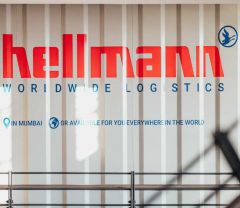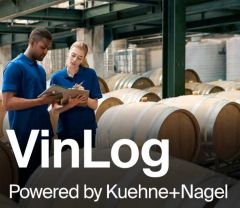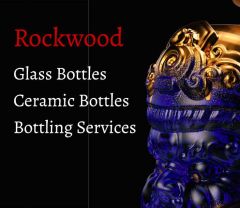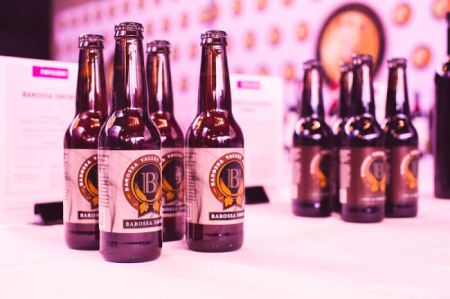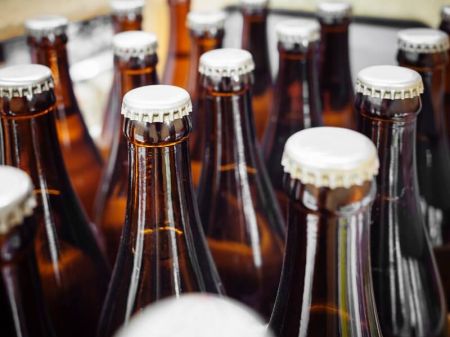Sommeliers Choice Awards 2025 Winners
What Do Big Chains Really Want To Hear When You Pitch A New Brand To Them?
In this article we interview one of the largest buyer in Asia pacific region on what it takes for a new brand to be successful in their stores.
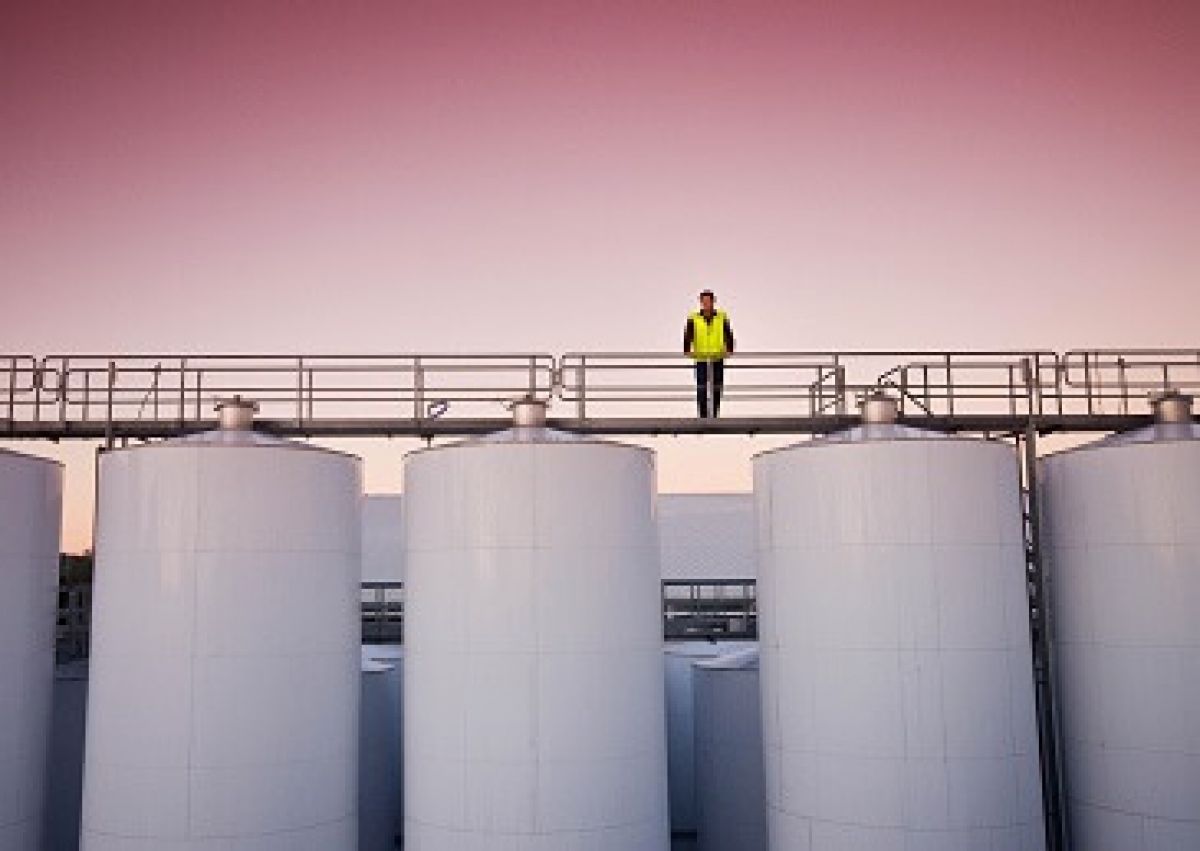
Understanding what Retailers look for when sourcing new brands is crucial to a successful sales pitch. Every market is different and fundamental knowledge of how decison-maker's think will make the task of getting your product on the shelves of retailers around the world that much easier.
Pitching to Australia's largest retailer group is no exception.
Even as the General Manager of Pinnacle Liquor Group, the internal exclusive brand business for Woolworths Liquor Group, Guy Brent must prepare his sales pitch for each new brand just like any other external supplier would.
We asked Guy about what makes the Australian market unique and how to prepare a new brand for a successful launch.
BTN Interviews Guy Brent from Pinnacle Liquor, the internal exclusive brand business of Woolworths Liquor Group, on the expectations of large Australian retailers when sourcing new brands.
BTN: If your sales team had 2 minutes to get the attention of the store buyer, what do you want them to talk about in those 2 minutes. Give us your power pitch for a new brand with an example on
GUY: There are 5 main points to cover in your elevator pitch:
• What’s the customer proposition behind the brand – what customer need does it fulfil?
• What’s the story behind the brand and is it authentic?
• What are the 1 or 2 selling lines that the sales team in store can use to sell the product to the customer?
• What’s the sales forecast and how much margin will it earn?
• How successful has it been in other markets and why?
BTN: What kind of SKU motivates a larger retailer or a national chain like Dan Murphy. For example 95 points from Robert parker for a $20 Malbec – is that good to get their attention?
GUY: There are a few things that come to mind. In no particular order I would say:
• Brands that are relevant and known to the consumer
• Something with a story, that’s authentic and real
• It preferably needs to be a proposition that over delivers in terms of quality at the price
• We talk about the 2 moments of truth for the customer – the packaging and price proposition needs to be attractive enough to get the customer to pick it off the shelf and then the quality in the bottle needs to over deliver when they open it at home so they come back in and repurchase.
• Yes medal winning wines with strong ratings at an attractive consumer price work. Wine in particular is an intimidating and confusing category for customers to shop, so they are looking for a sign of quality. They therefore trust the fact that if a wine has won wine show medals or has been given a high rating by a well know critic then it will be good quality
• It’s even better if it also delivers above category margin or is a new growth category – something new and innovative e.g. craft beer, high growth category and higher margin for the retailer than main stream beer.
BTN: When preparing for your first meeting with a larger chain like Liquor Land or Dan Murphy, what are the most important things to consider to catch the buyer's attention and ensure the chance at a follow up call?
GUY: It’s a bit difficult for me to answer this question as we are an internal supplier, but as an internal supplier we are competing with external suppliers to get our products listed and on the shelves albeit we do have an inside track. I would say the two most important things to catch a buyers attention are:
o A proven customer proposition, buyers are conservative so a track record of success overseas reduces the risk to them taking a new brand
o A brand proposition in a high growth category and one that delivers strong margin
BTN: Australia is a one tier country where importers can also sell to end consumers or retailers can also import the product themselves. Do large on-line retailers like cellarmaster or jackswines.com want exclusive import deals or want to import themselves? What tips would you give to a supplier on selecting their distribution strategy for Australia a) a traditional distributor/importer strategy which sells to retail then b) sell to retailers directly and manage importation
GUY: I am not an expert here but the major retailers, Woolworths and Coles both value Retail Exclusivity (i.e. if you can only buy it in their stores), as if the brand proposition is strong it provides them with a differentiated customer proposition. So they are happy to deal direct with suppliers as they can capture more margin and also don’t believe the distributor adds much value in the retail space. In return the retailer will push the brand hard and if the customer proposition works, volumes should be strong.
On Premise is of course entirely different and due to the high cost of serving this fragmented market, there is no alternative but to pick the best On Premise distributor in the particular category.
BTN: What support program works for retailers, store tastings? Shelf talkers? Rack programs?
GUY: I would say that there are three main support programs:
• Tastings – free stock to be used in store for tastings with staff and customers. It’s even better if you can get the wine maker, brewer, distiller or face behind the brand to do tastings with staff and customers.
• Incentive programs – both staff and customer incentives / competitions
• Co-operative marketing spend also works well, a financial contribution to the retailer to get products featured either in press or catalogues or prominent placing and stock weight in store
BTN: The recent surge of craft breweries in the US and across the world has been impressive. Now we are seeing a new trend with craft distilleries in the US - is this trend prevalent in Australia as well? What kind of beverages are popular in Australia this year?
GUY: I always like travelling to the UK and the USA because you can see what the future looks like for Australia and what trends will soon be coming to our shores and what trends we should bring to our shores.
• Craft beer is certainly growing fast in Australia and craft distilleries are gaining traction. Customers like authentic customer propositions and supporting the “little guys”
• The cocktail culture is also growing fast here and driving consumption of mixers and spirits
• And as Australians travel more and experience different cultures they are more prepared to try imported wine, which is growing at a rapid rate with countries like Spain particularly hot at the moment.
BTN: Finally, What are the major markets in Australia? When considering a brand launch should you also consider location or is the Australian market generic, generally speaking - if something sells in Melbourne will it have a good chance of selling in Sydney?
GUY: The population of Australia is concentrated in the capitals of the states and its pretty generic, I don’t think you need to differentiate between the states. We don’t really consider this for our brand launches.

